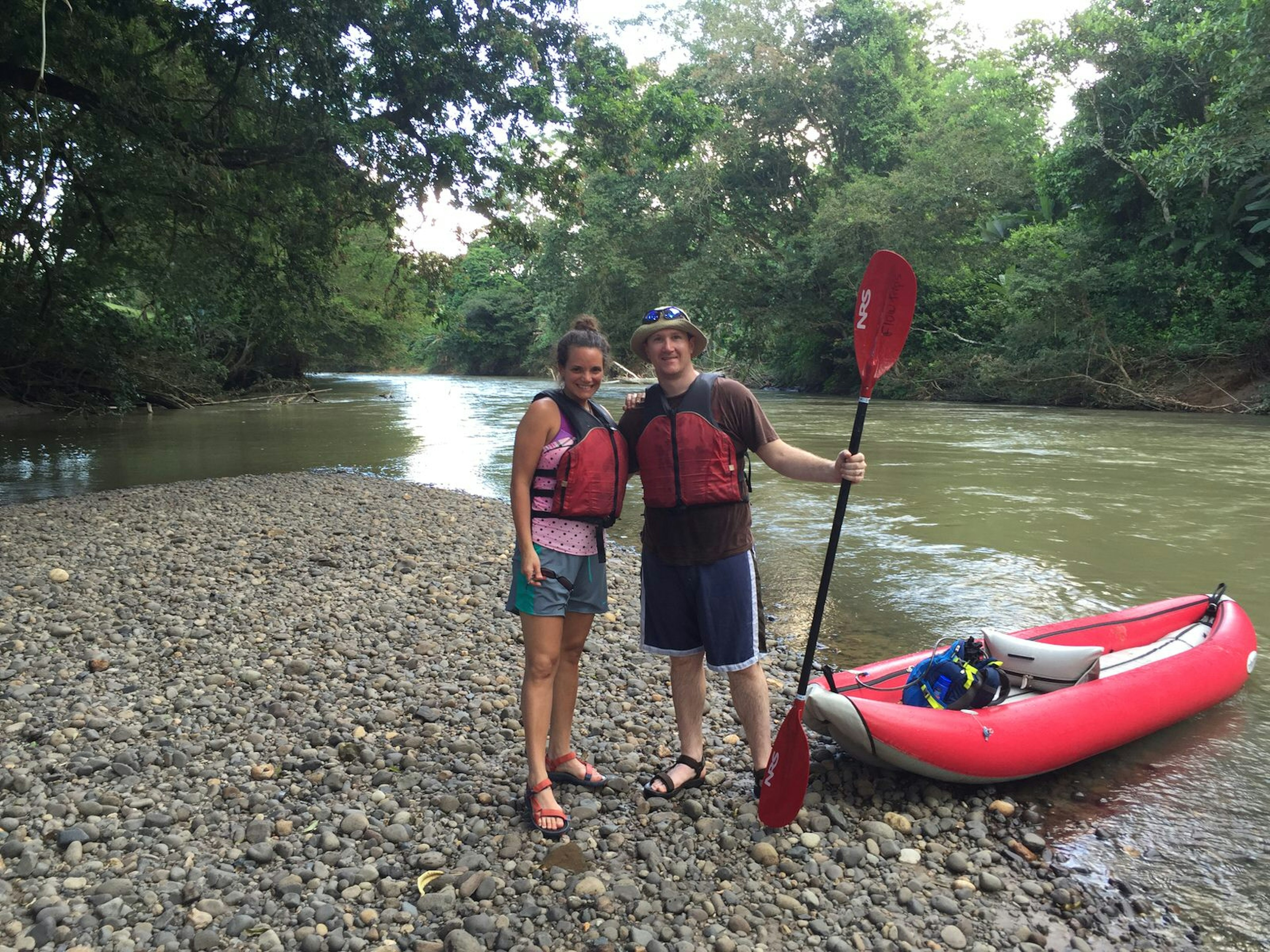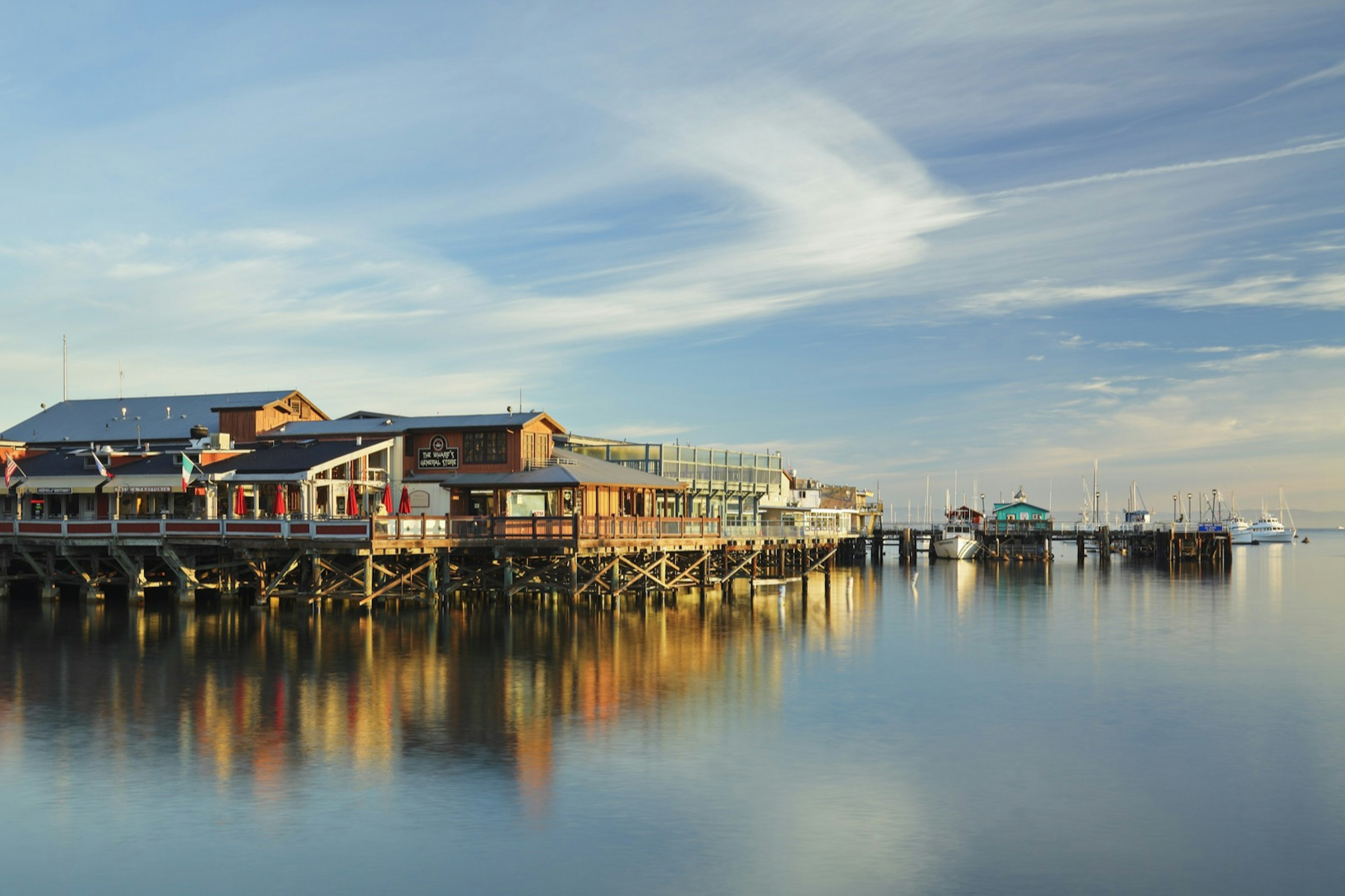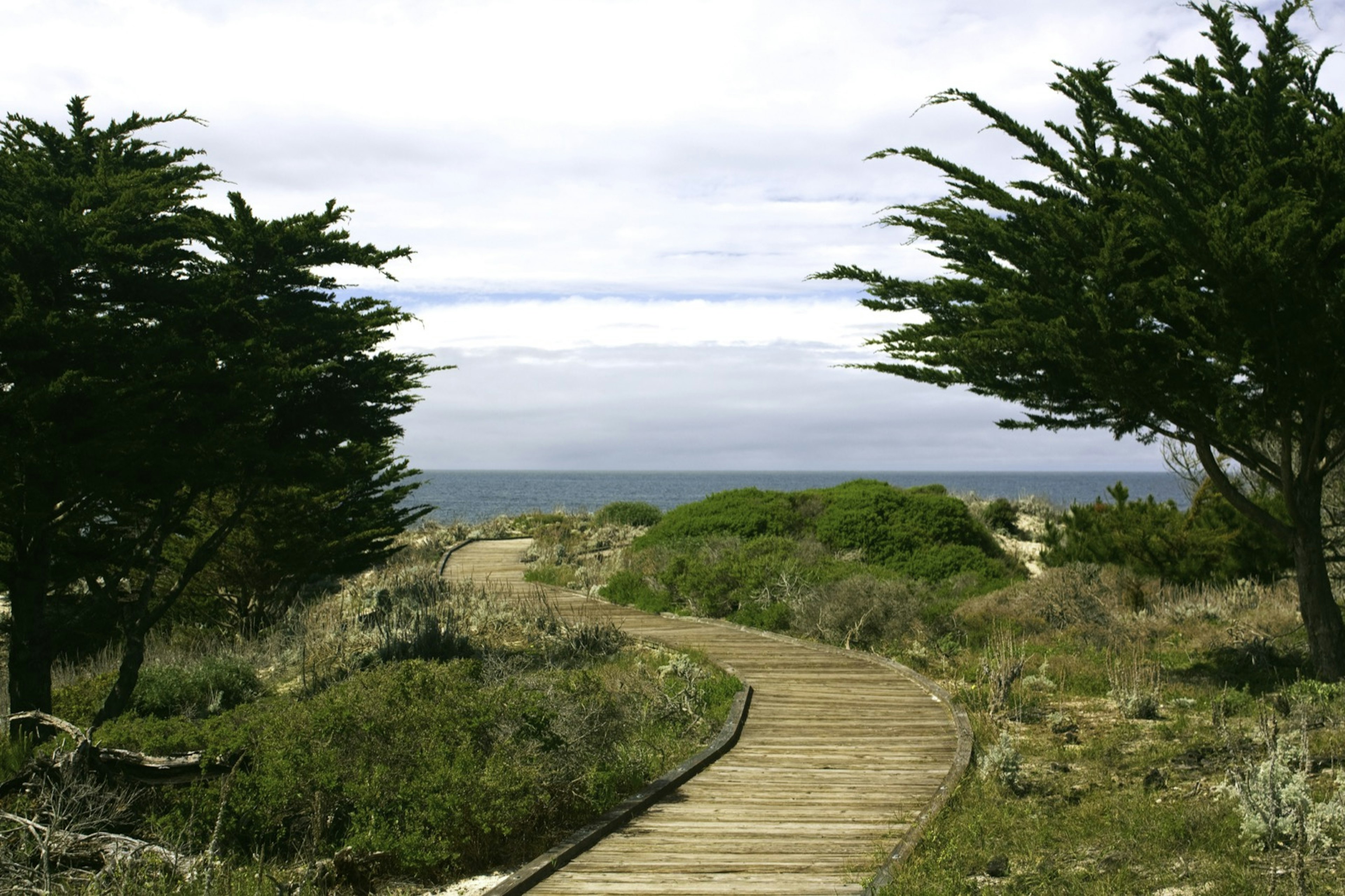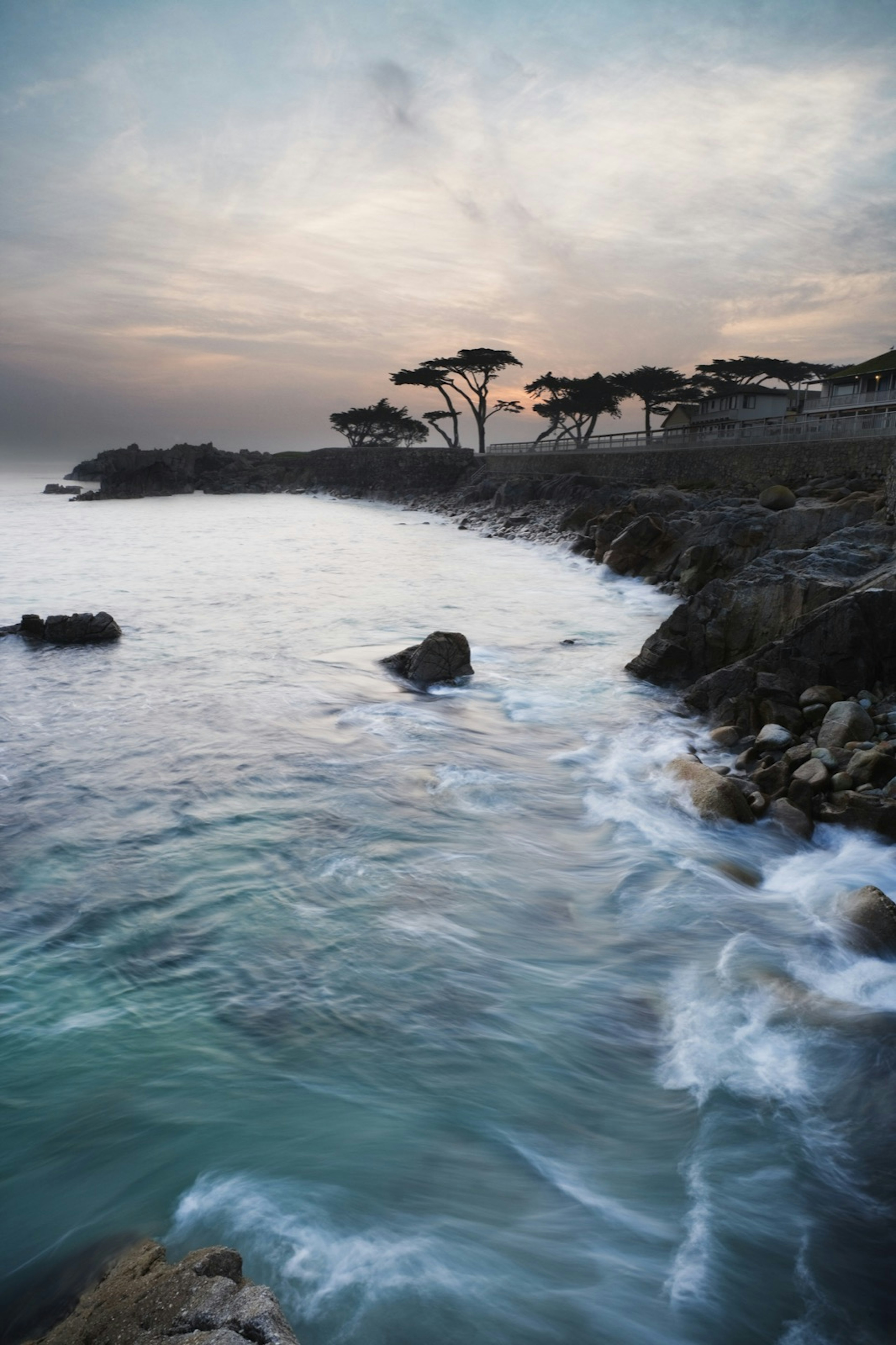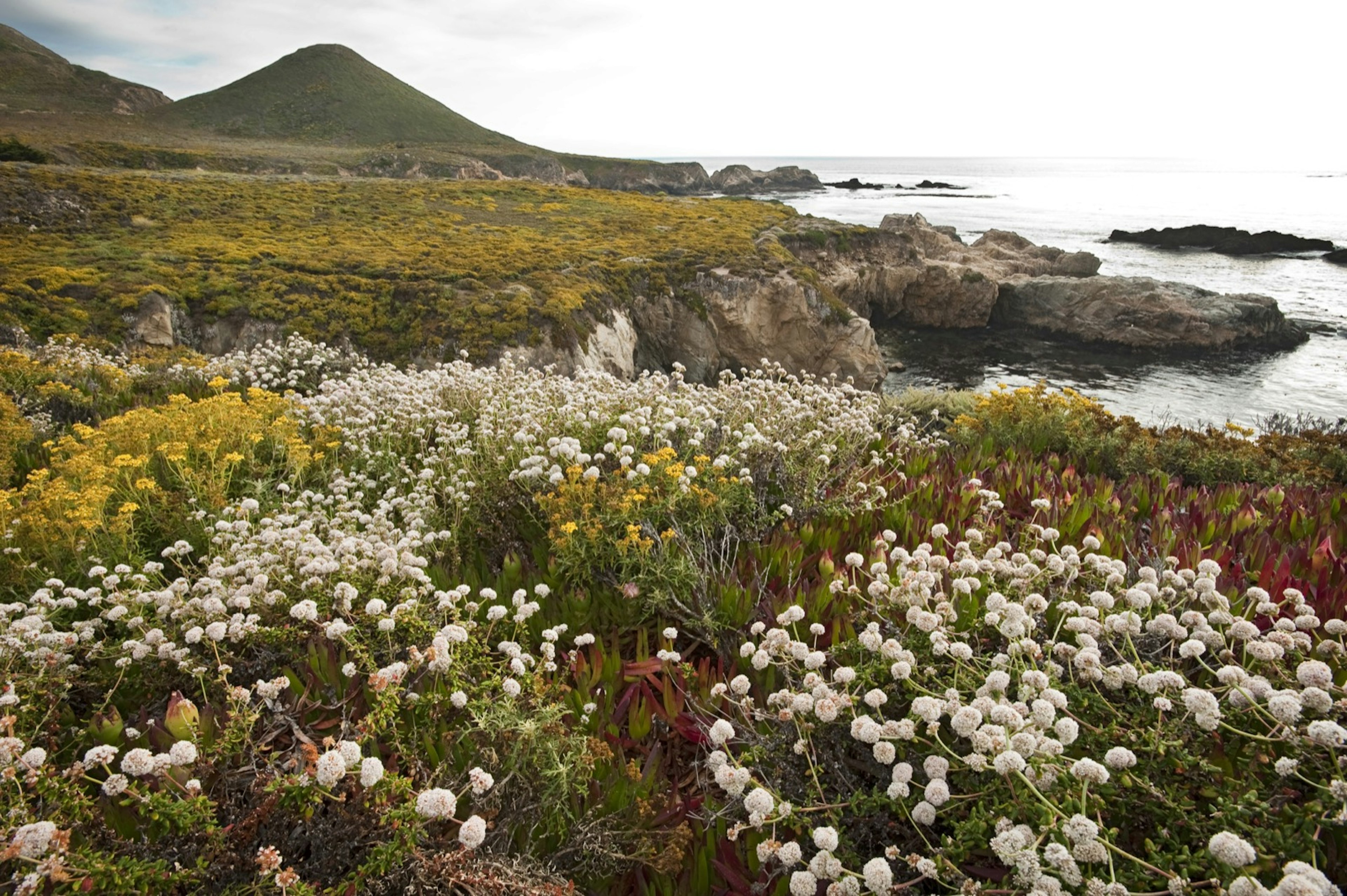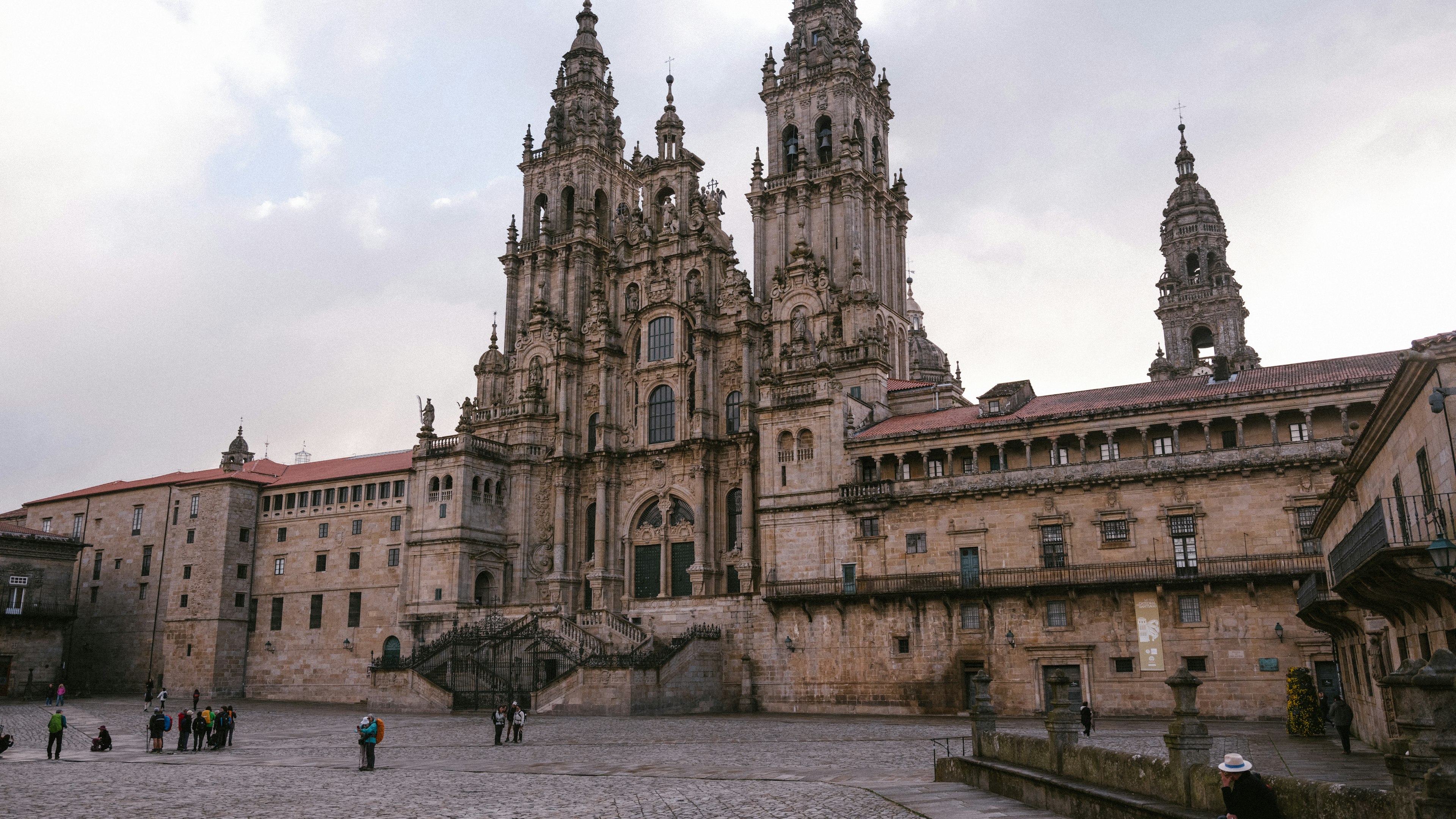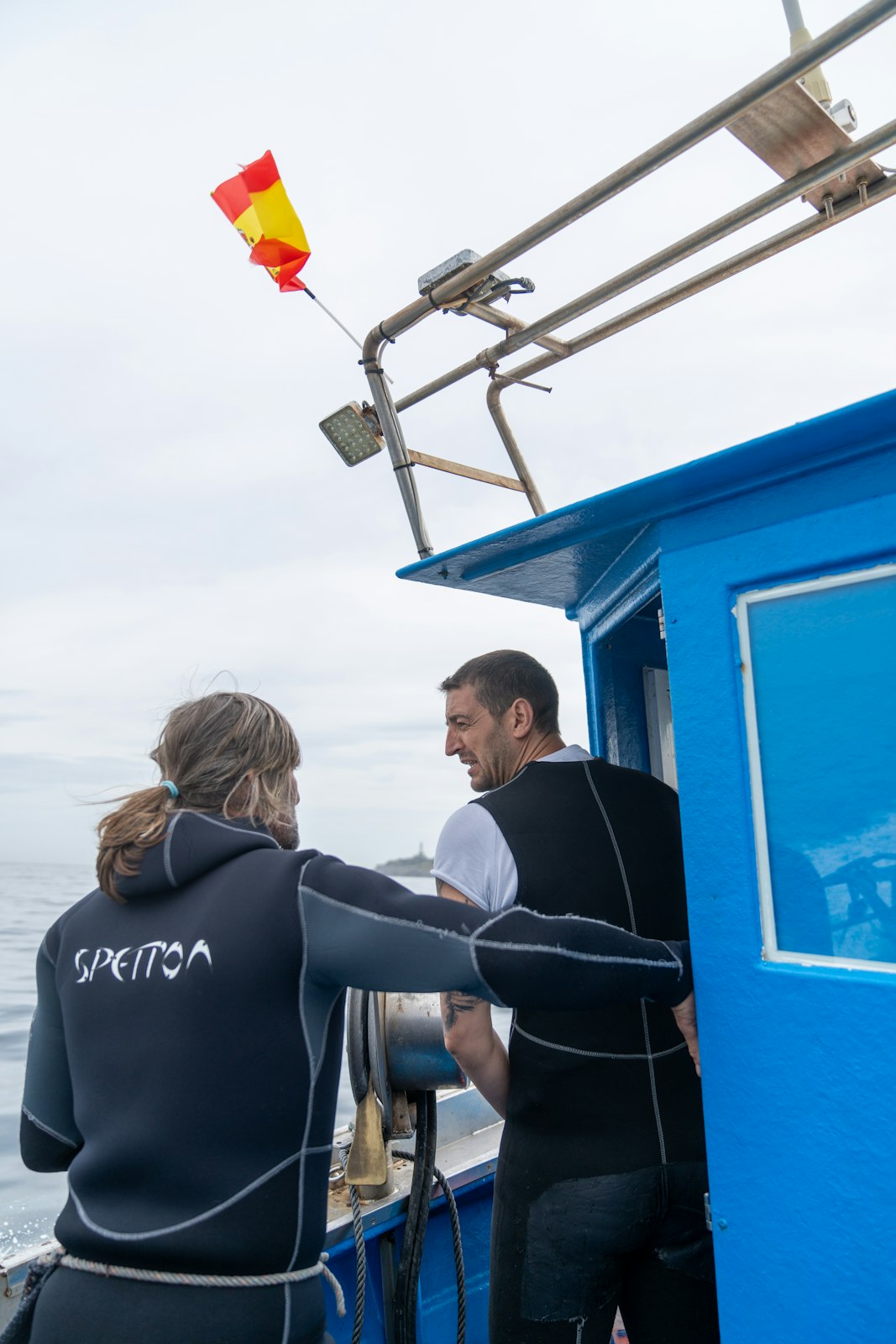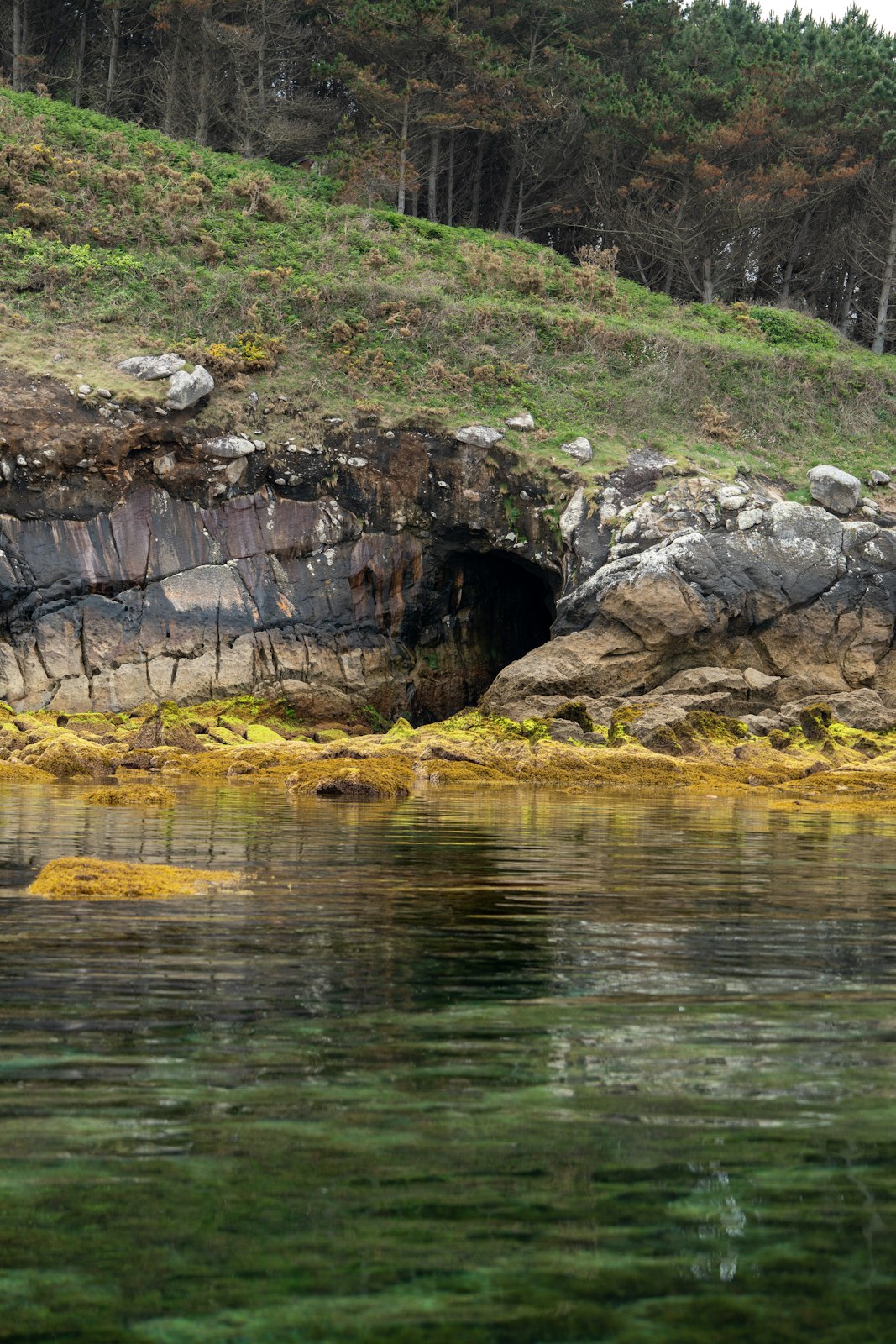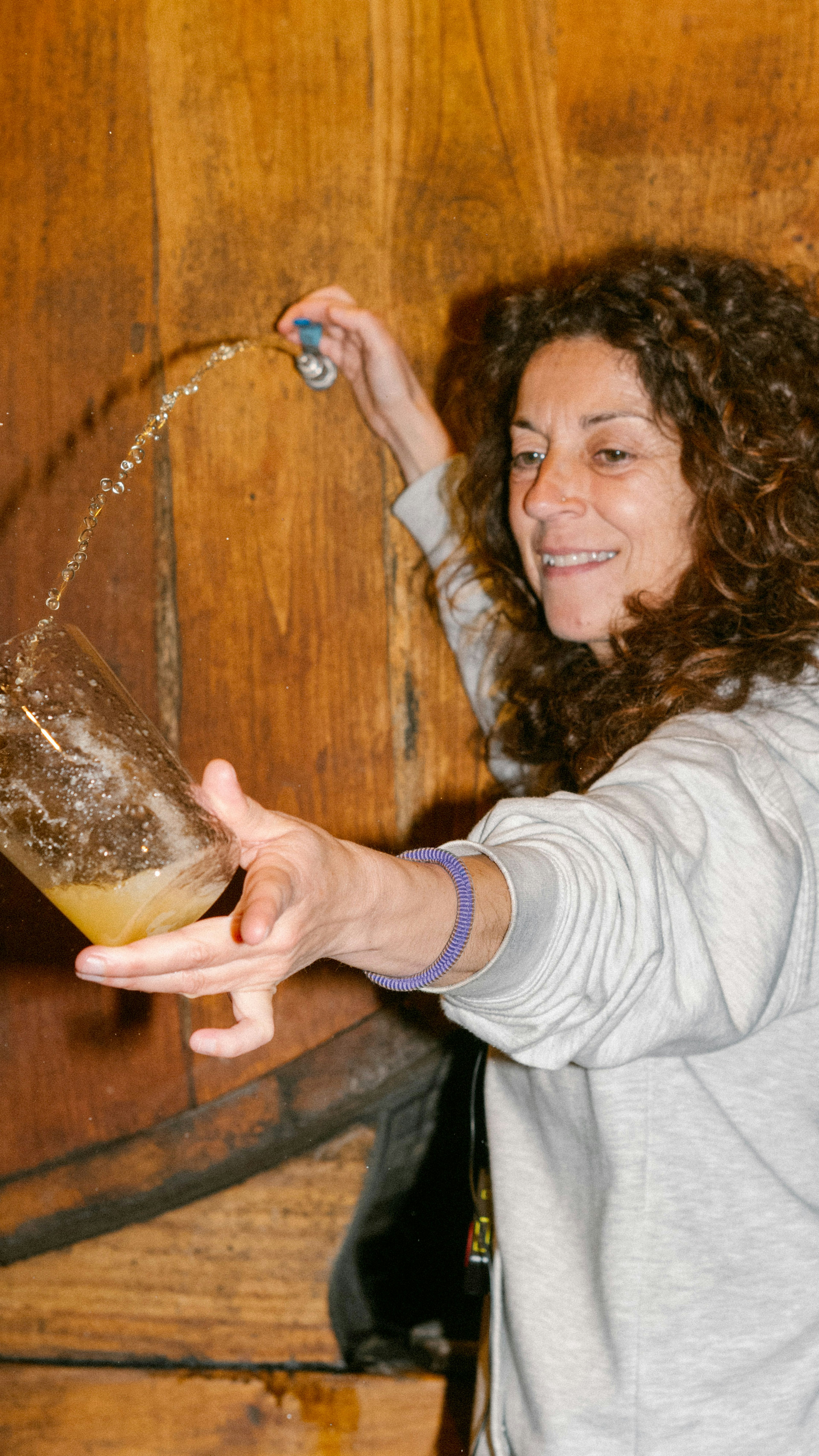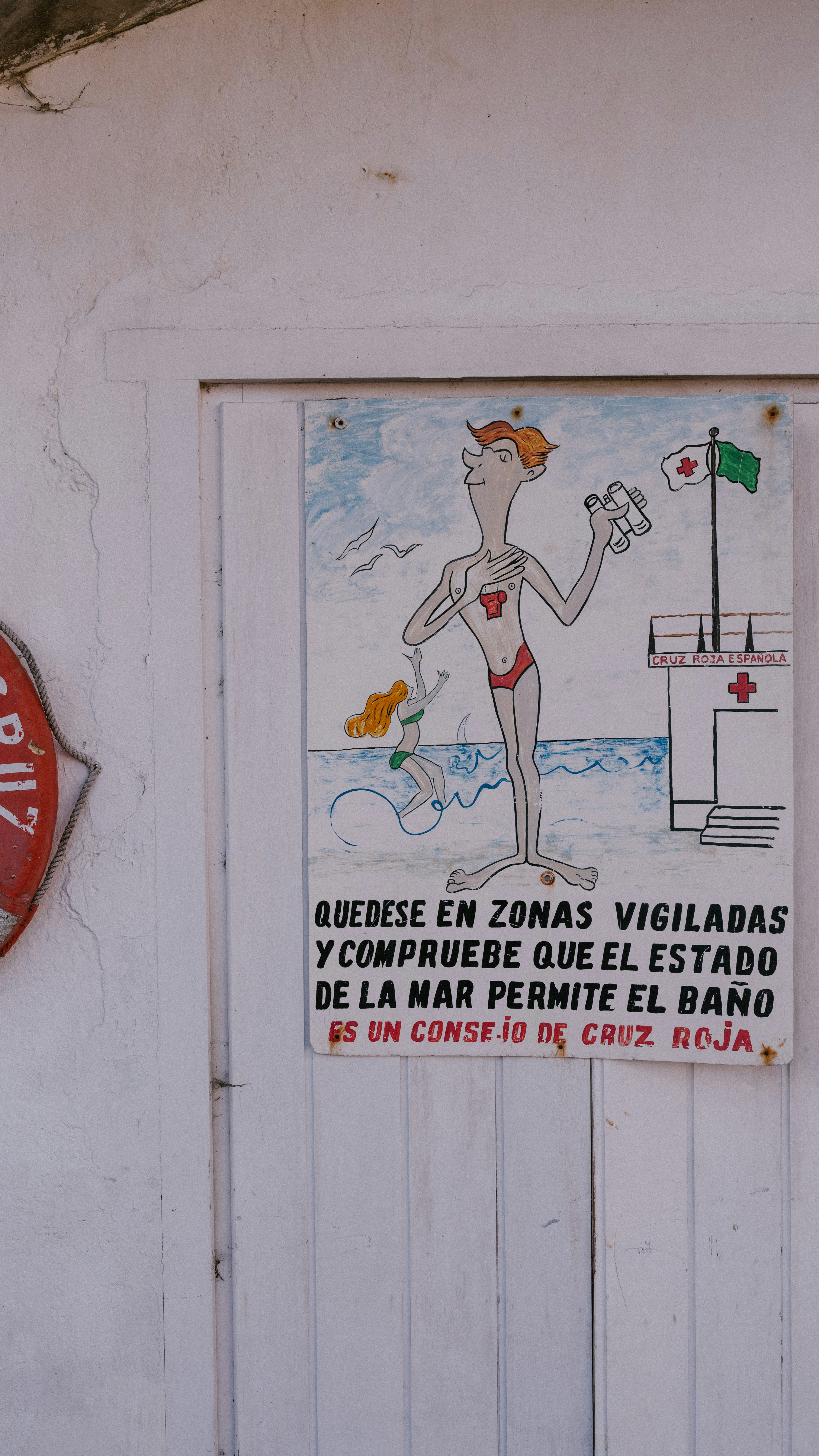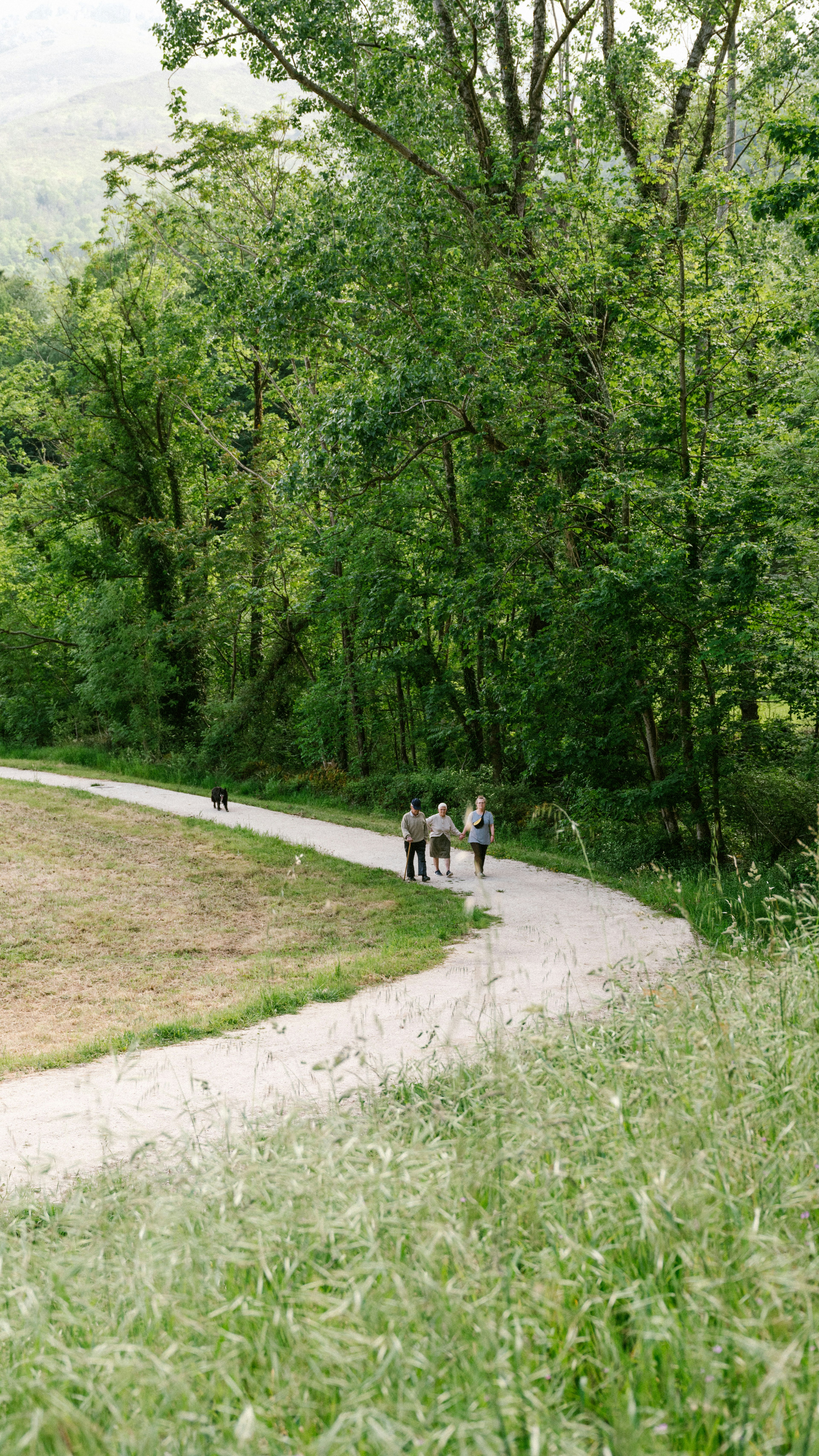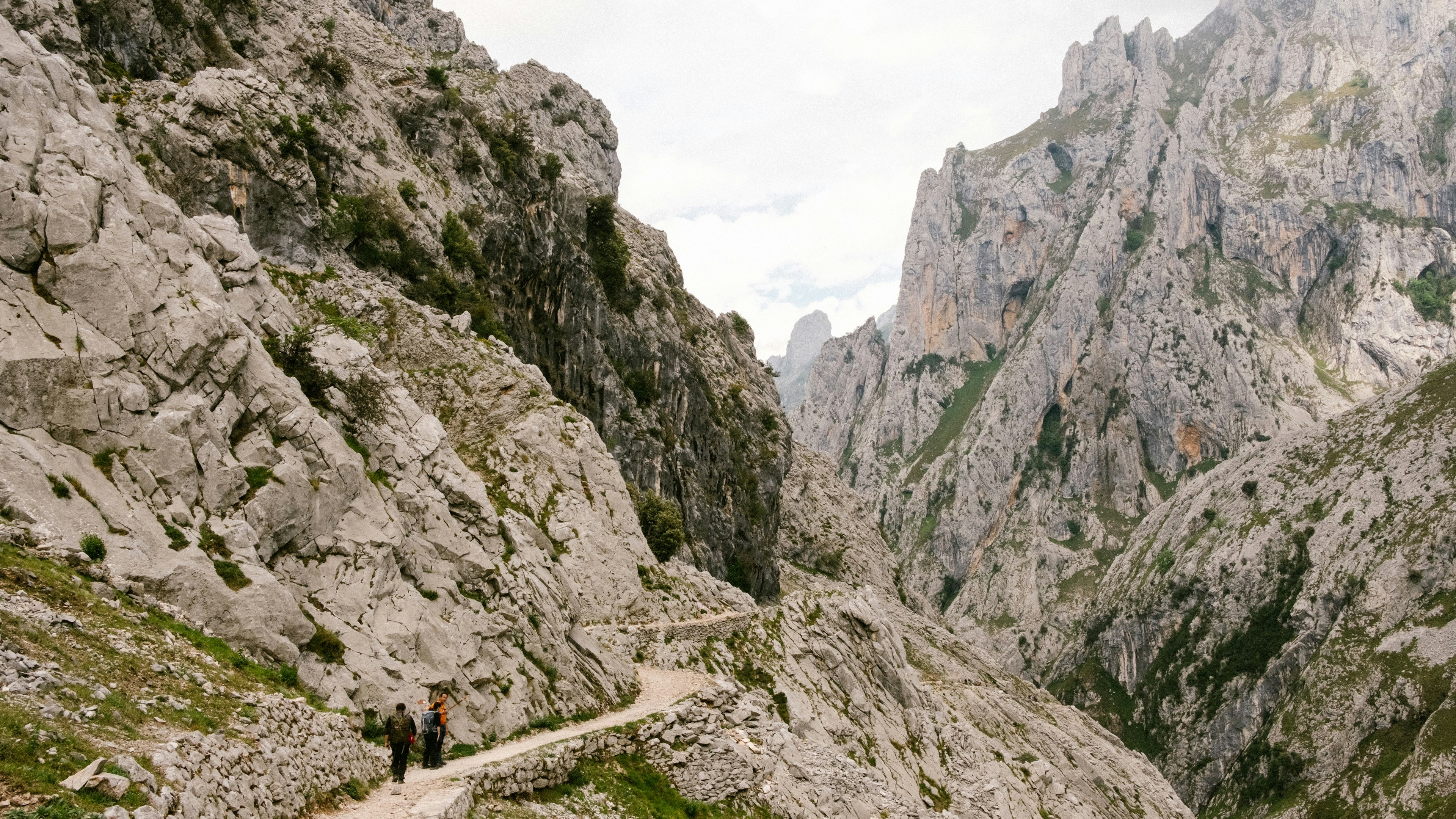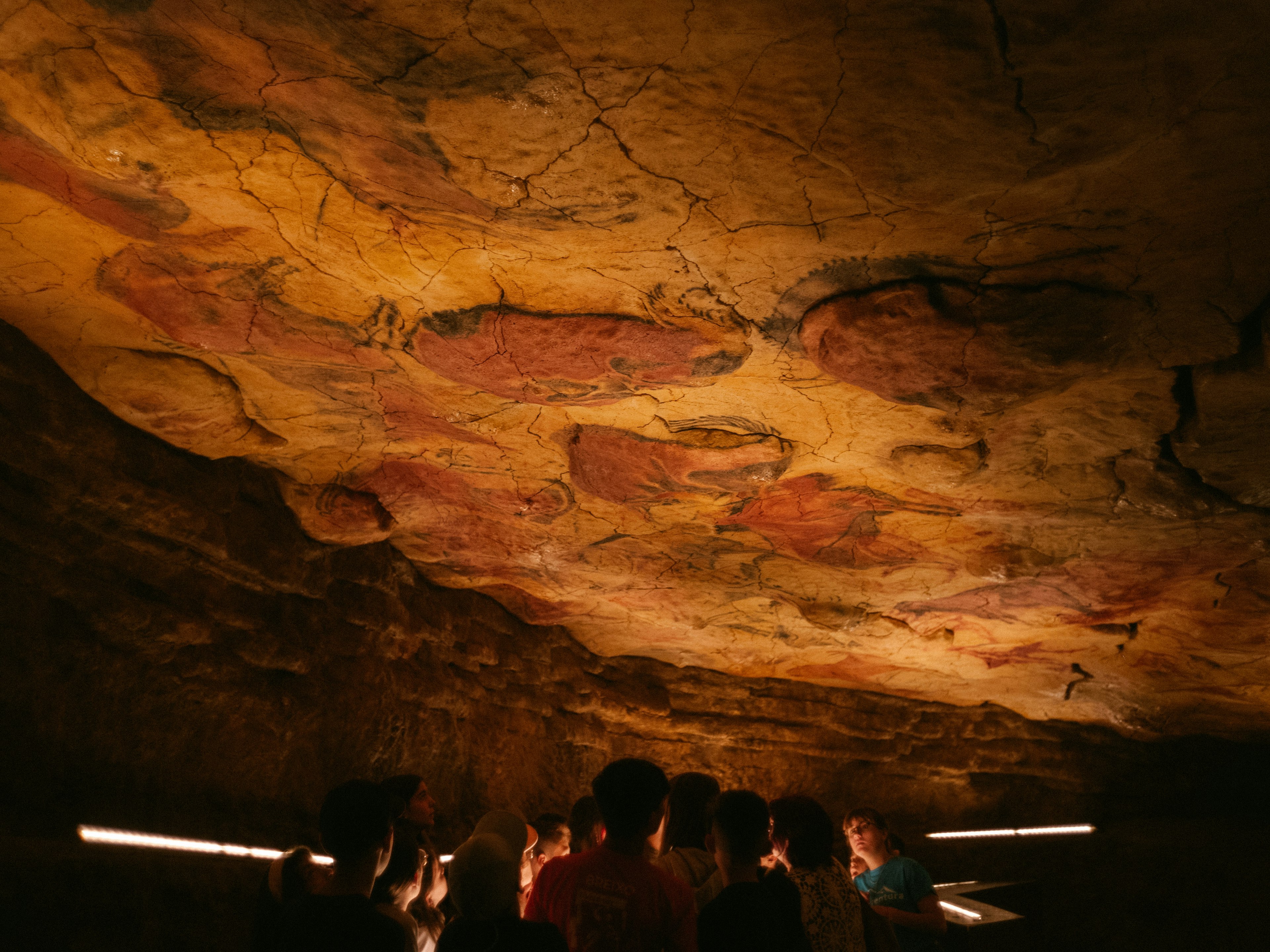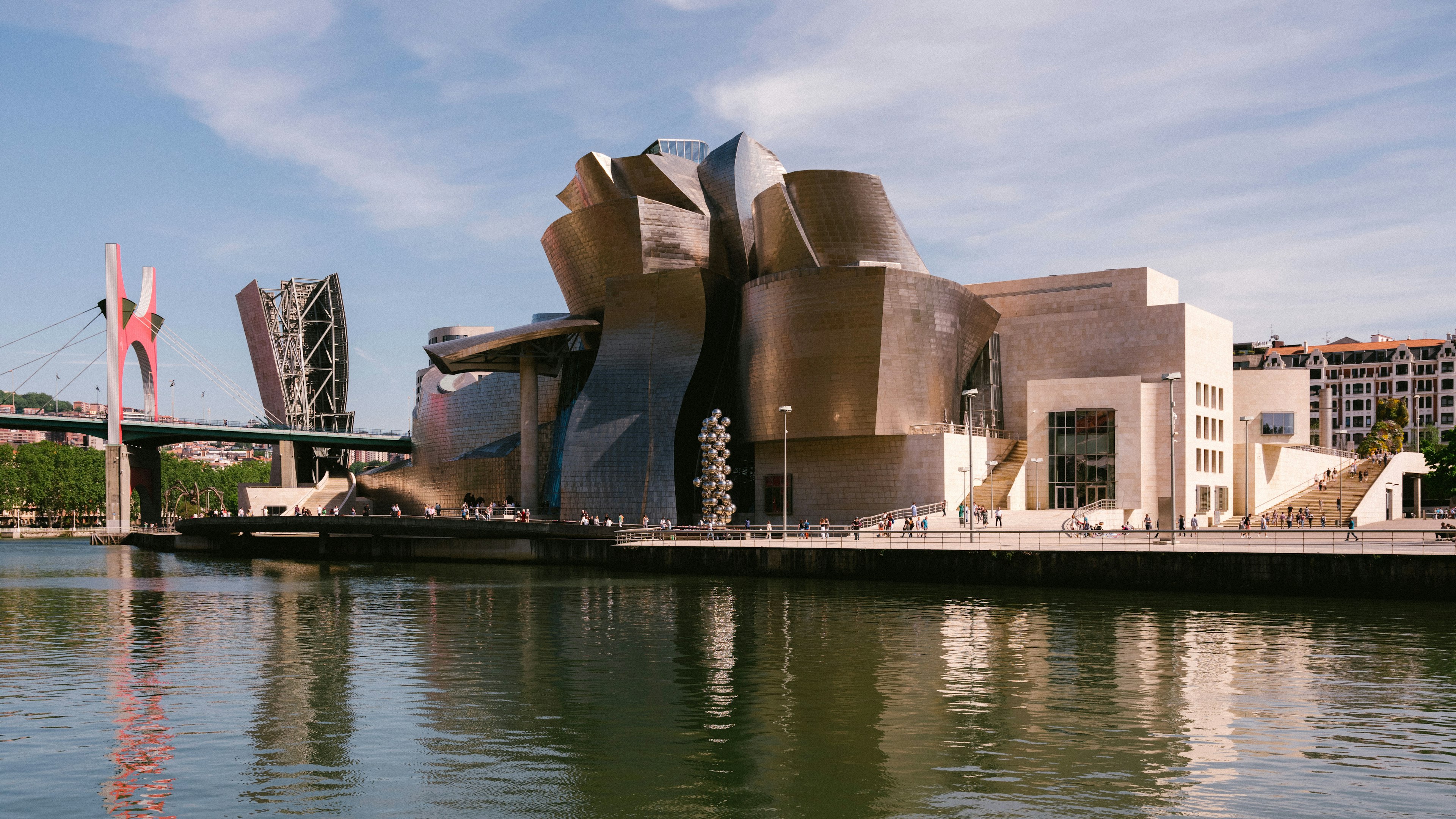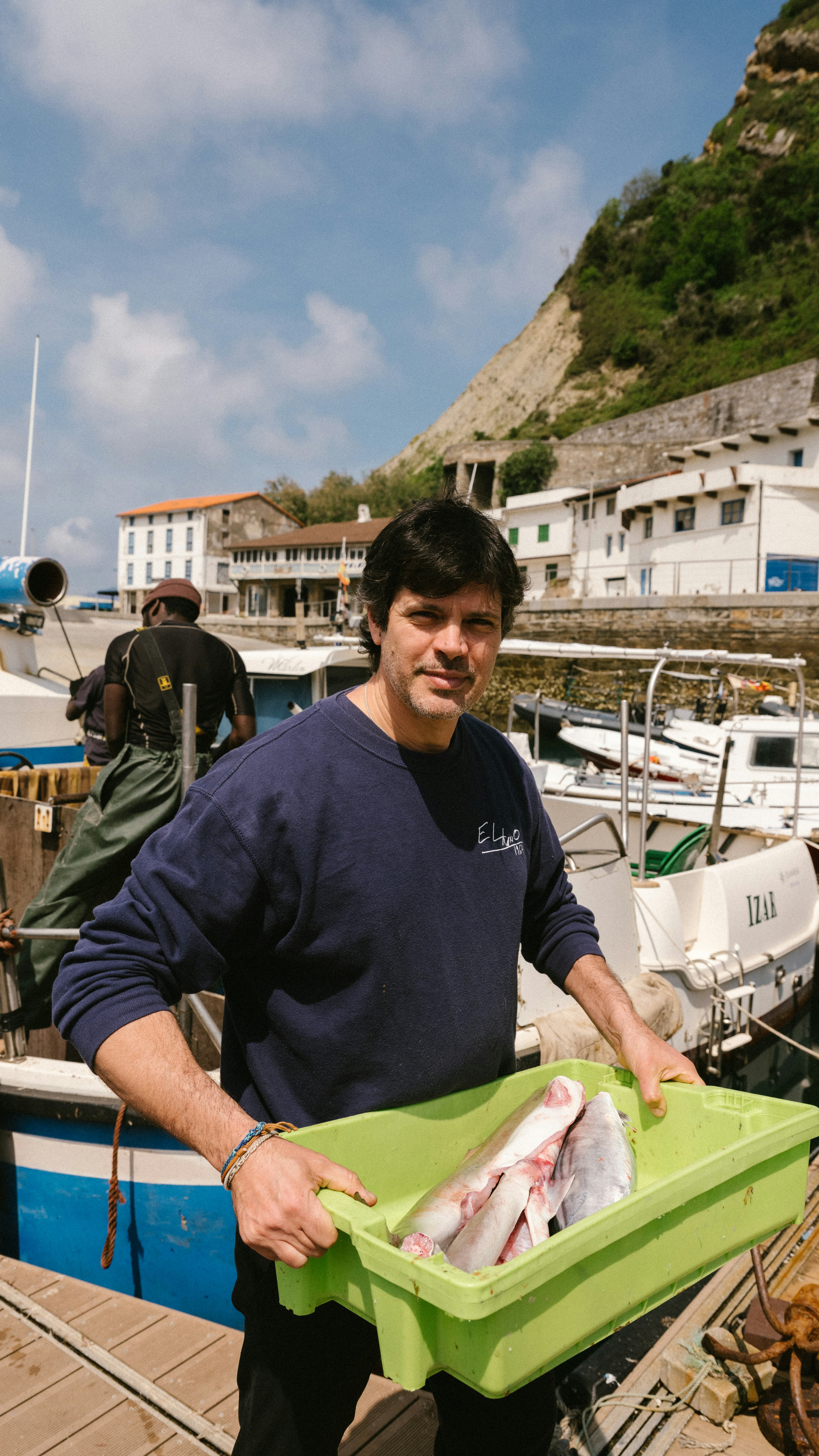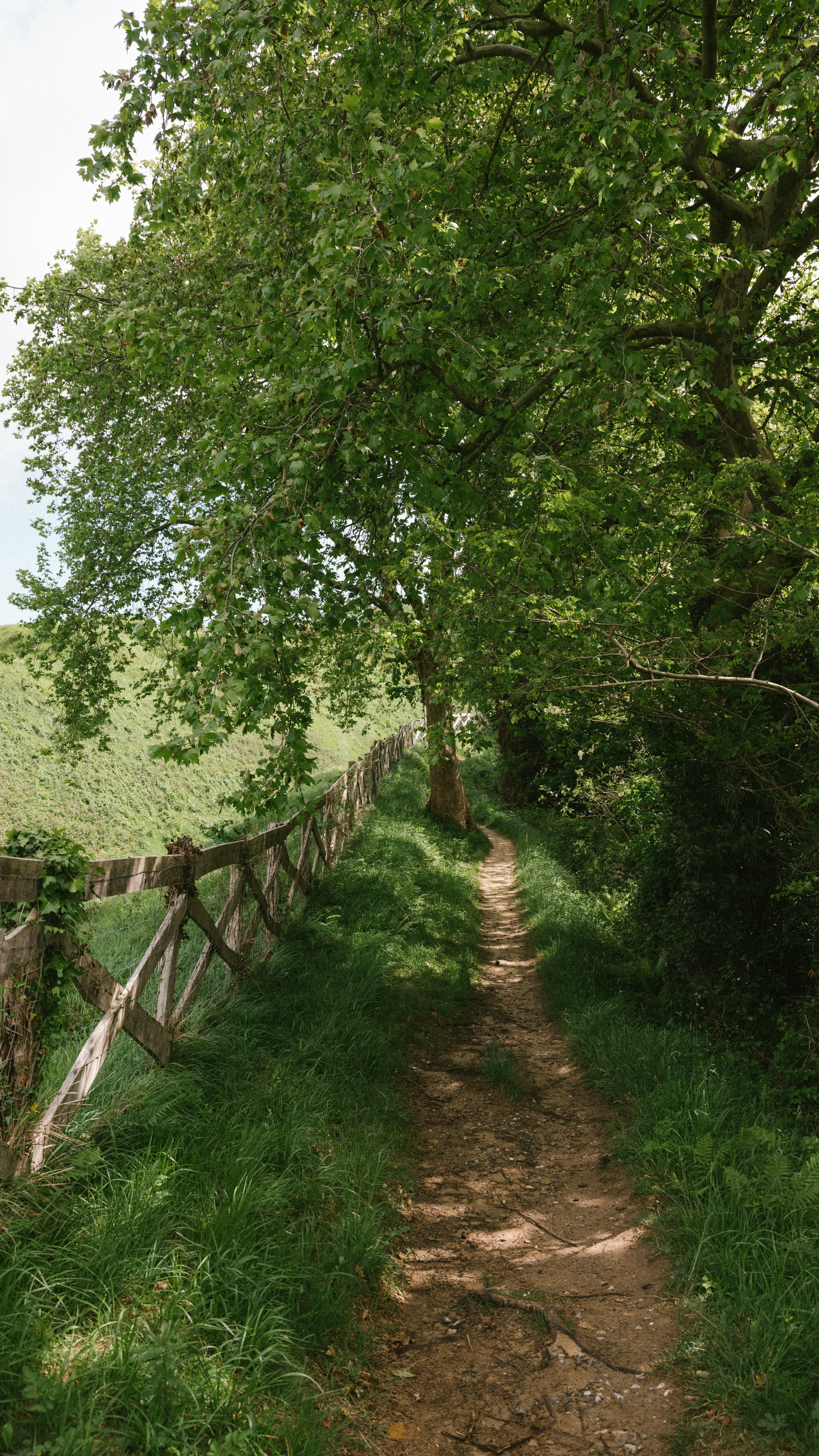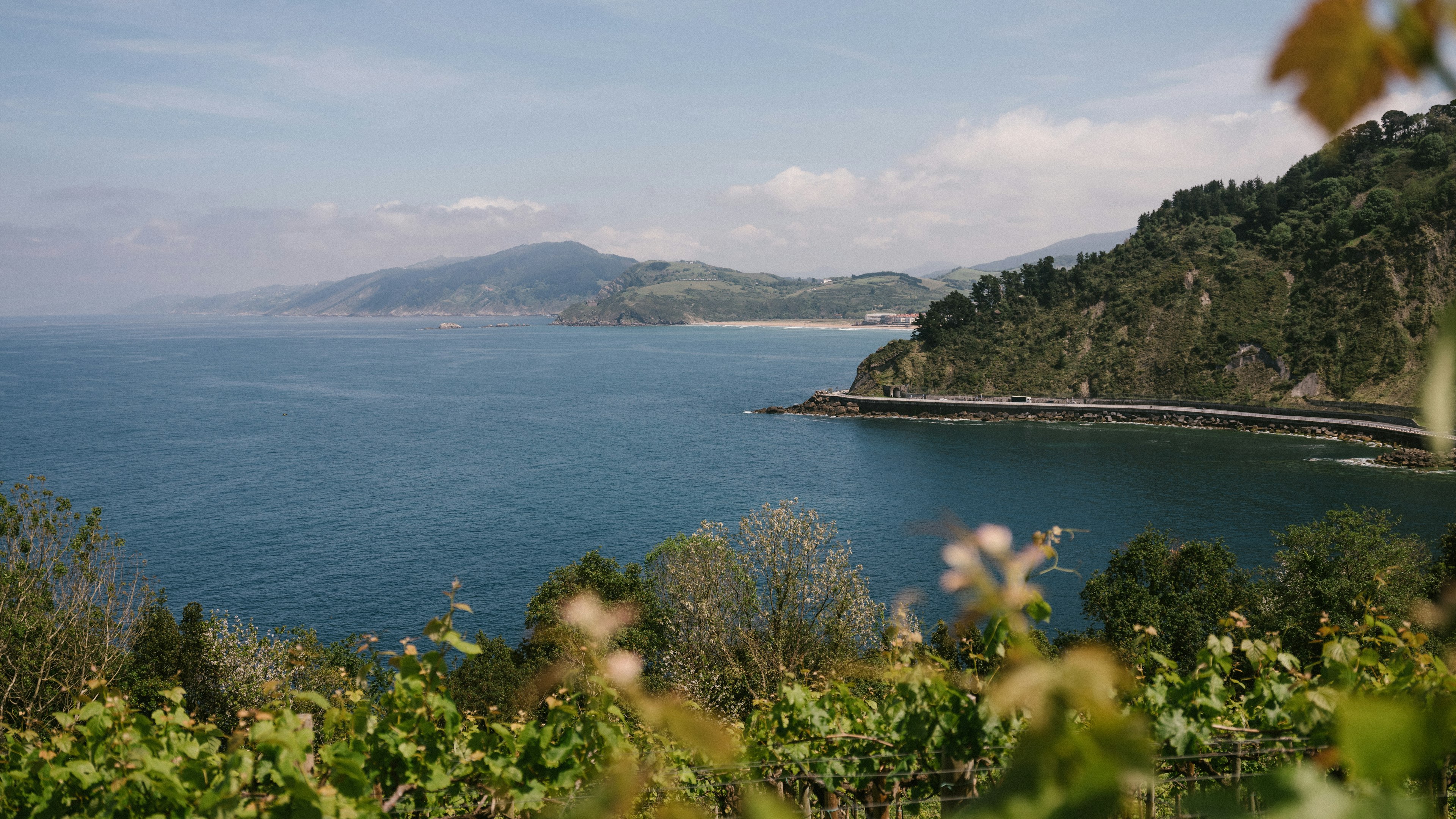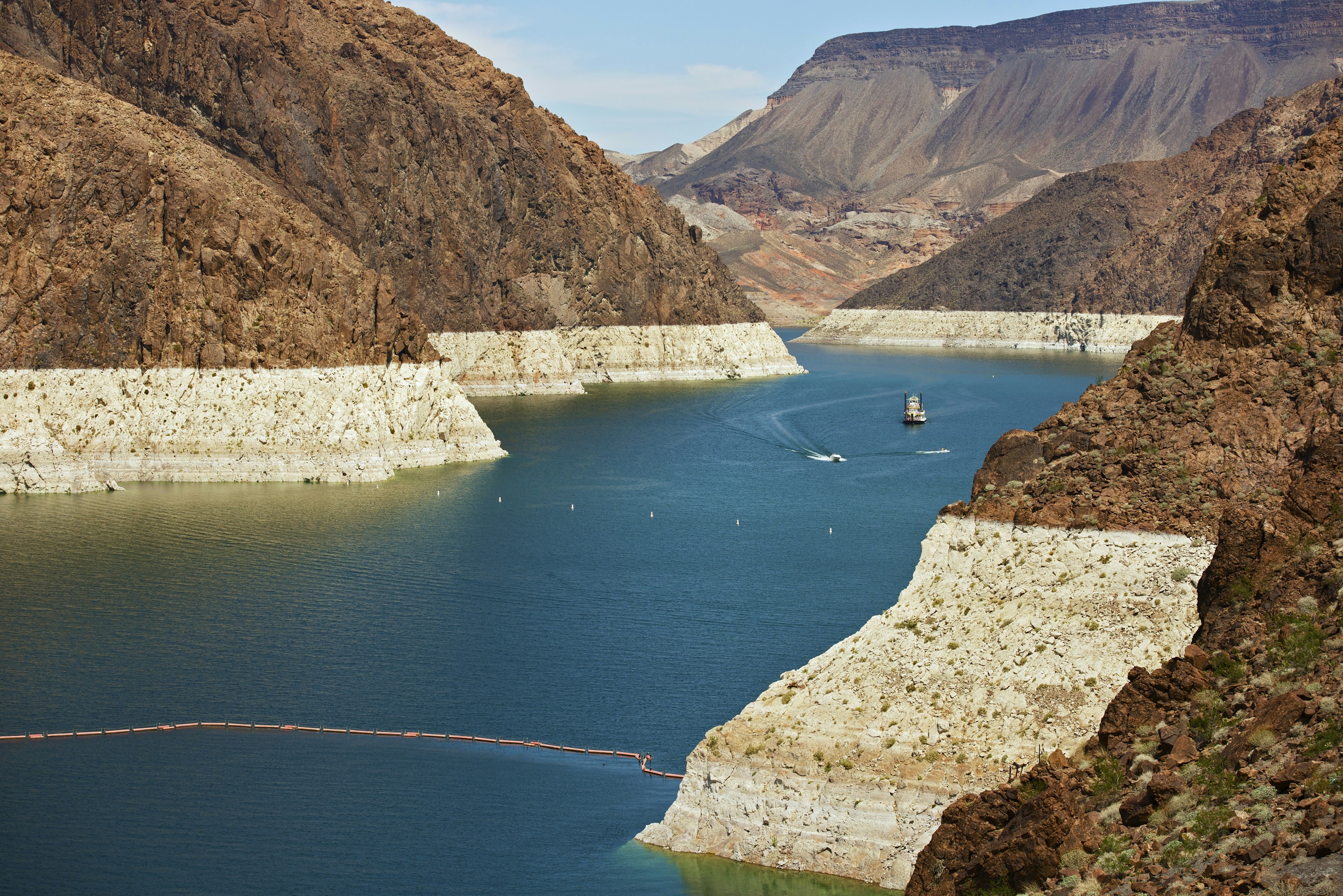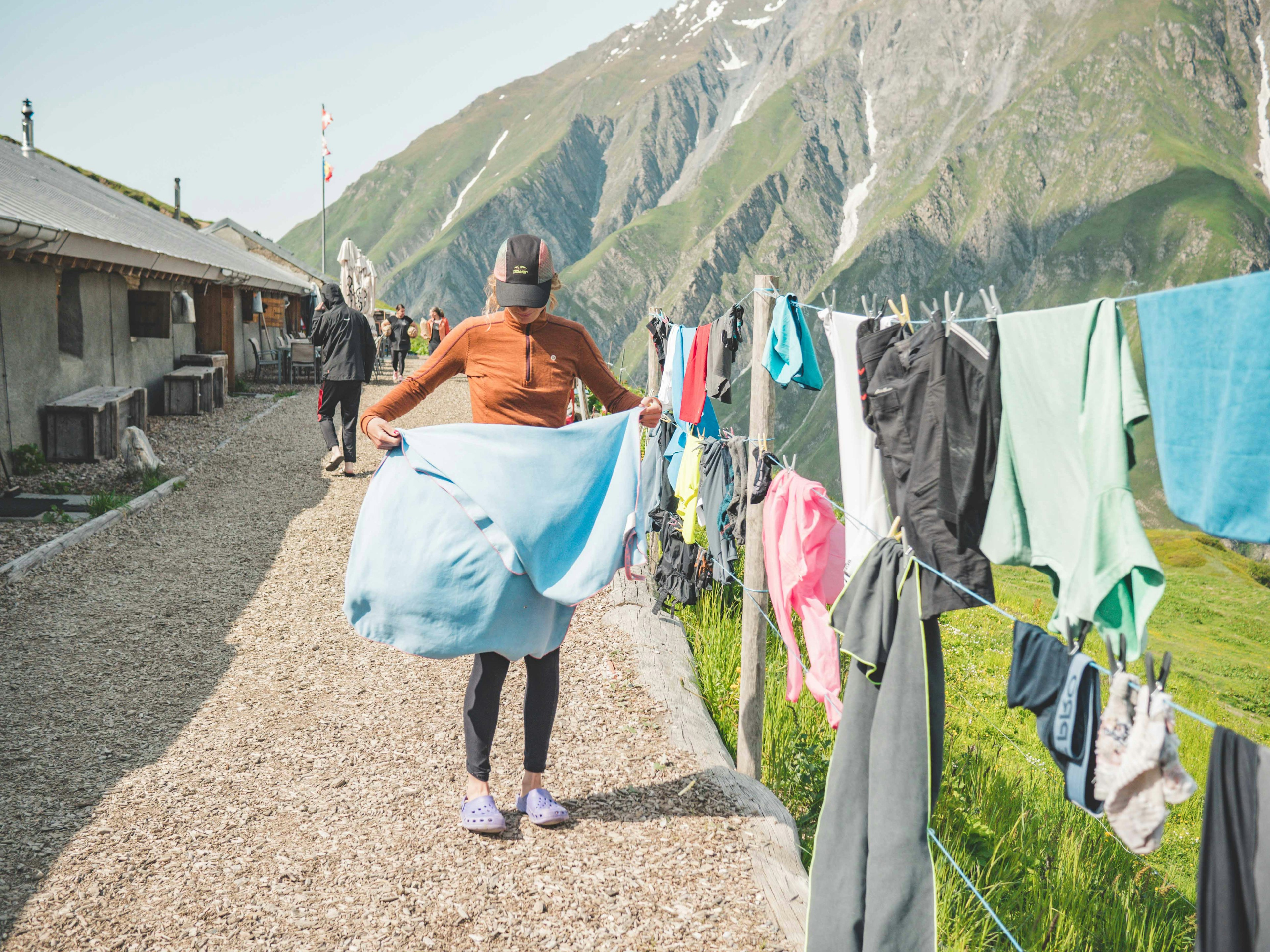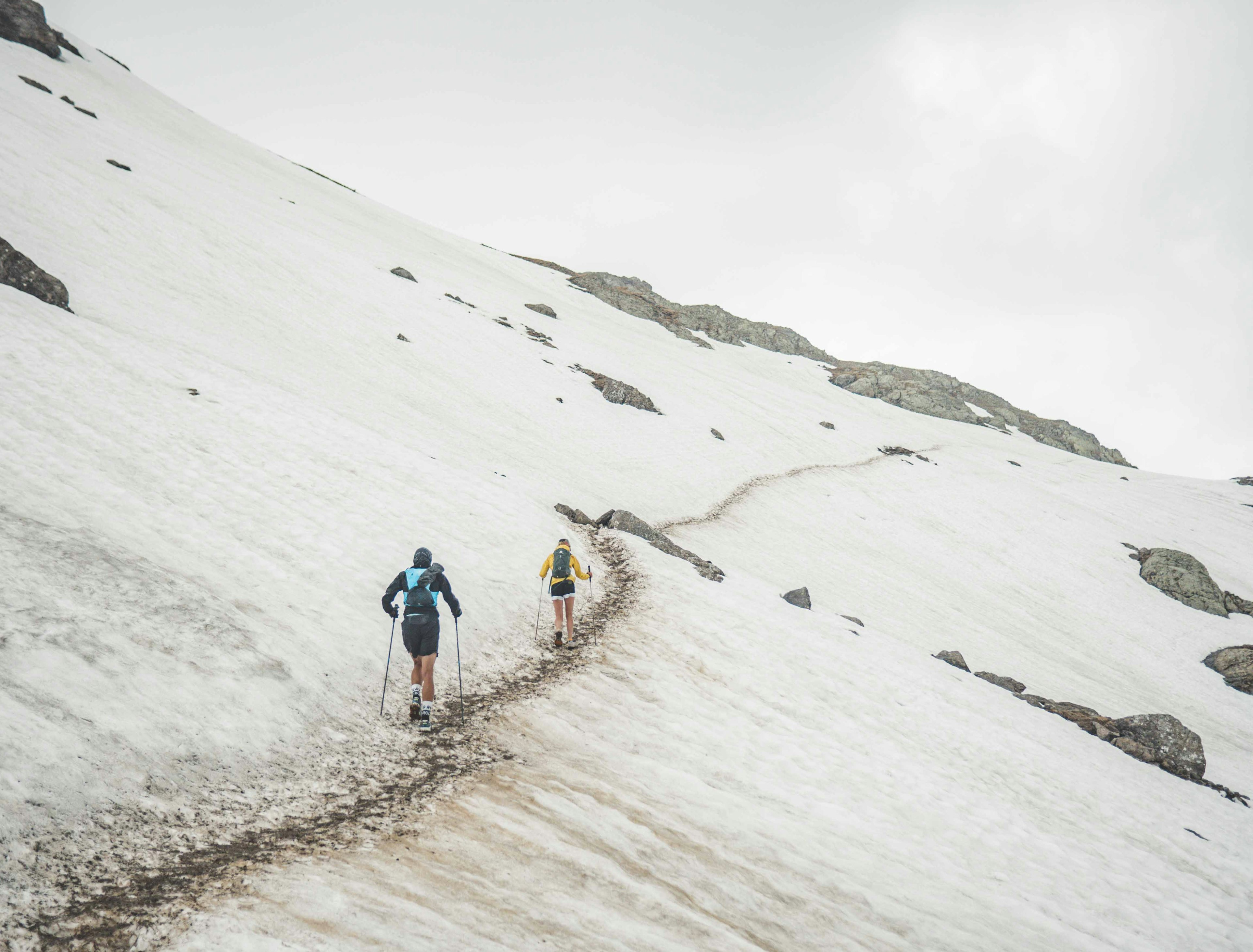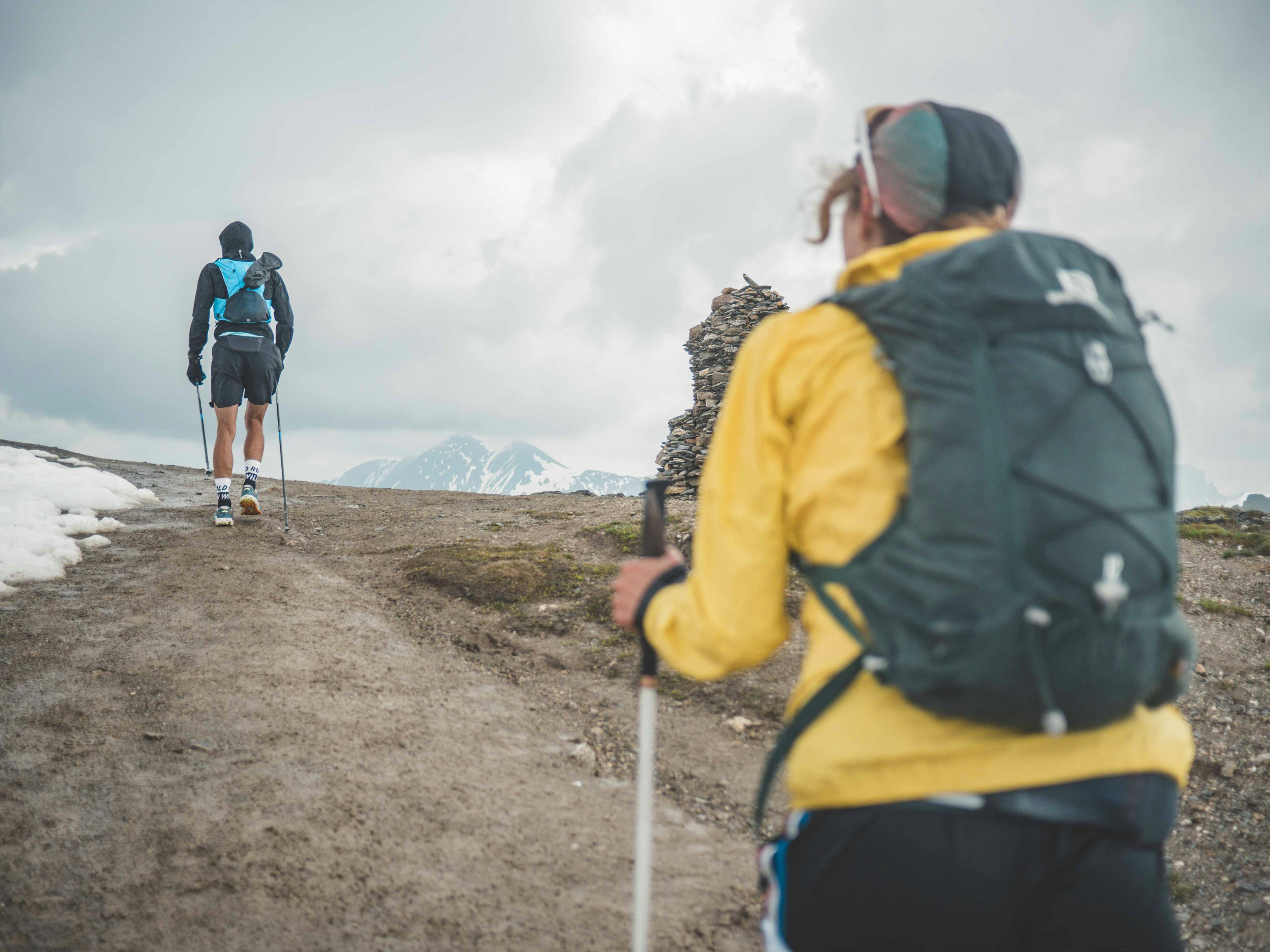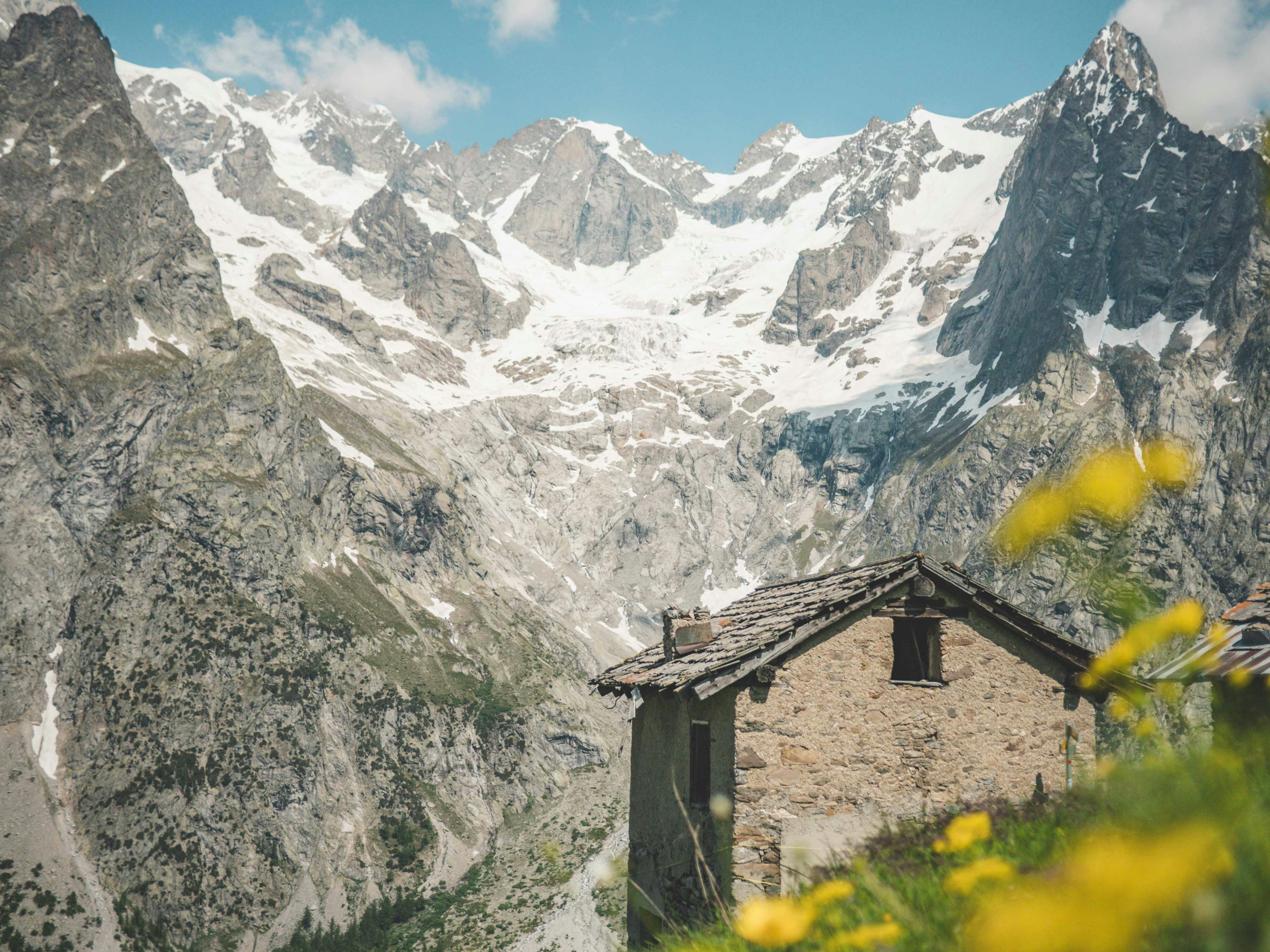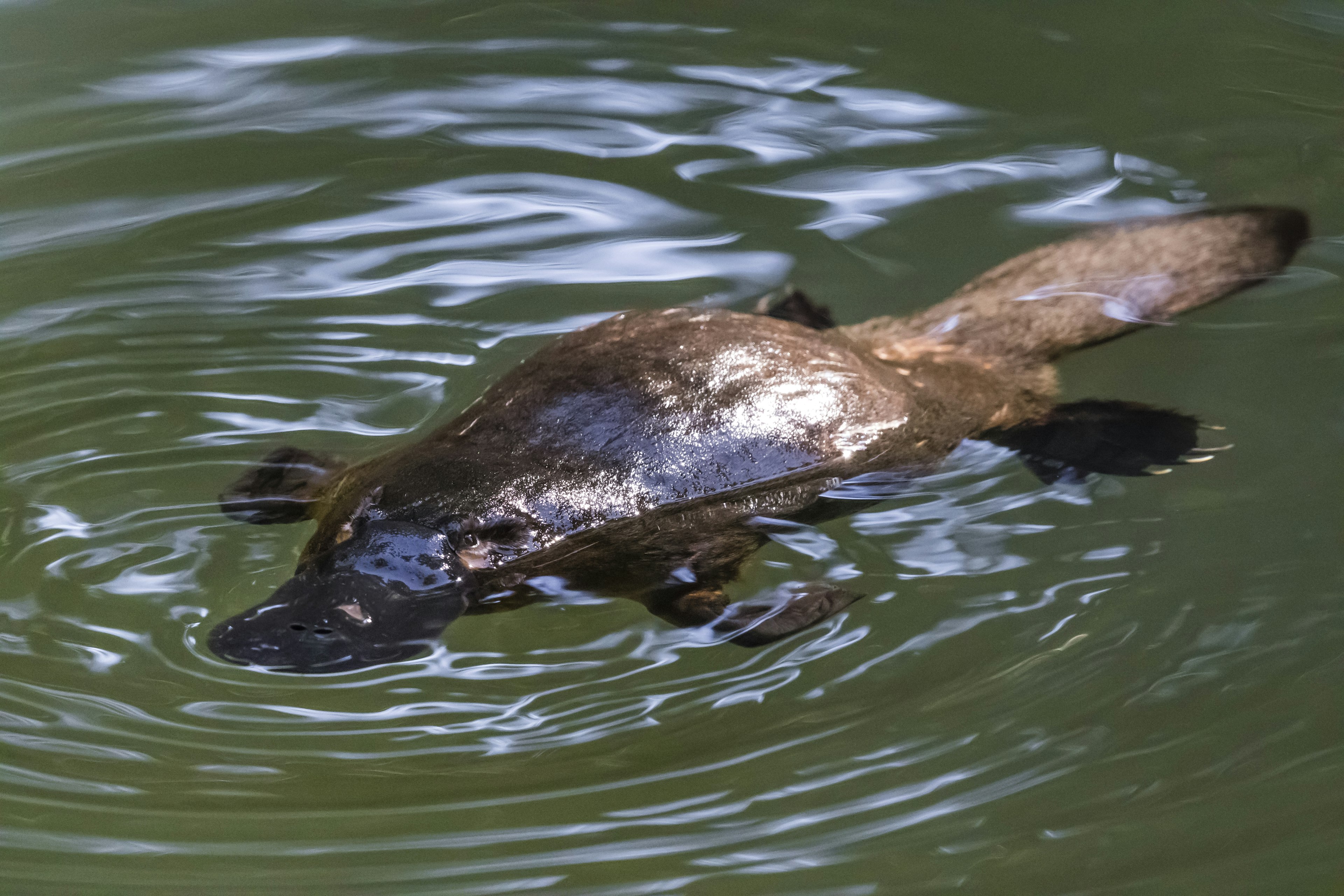Ever dreamed of finding yourself a new beach for every day of the year? Well that’s exactly what’s on offer in the beautiful twin-island nation of Antigua and Barbuda, which famously boasts 365 separate strands.
They’re the perfect setting for sipping Antiguan rum punch under thatch umbrellas, or feasting on some of the freshest seafood you’ll find.
Got your attention yet? Here’s a guide for first-time visitors to this stunning Caribbean destination.

When should I go to Antigua & Barbuda?
The laid-back culture and relatively slow pace of the islands make them an ideal year-round vacation spot, with plenty of activities to keep you occupied no matter the season.
Unlike other countries in the Caribbean, the most festive time to visit Antigua and Barbuda might be during Carnival season – which happens here in the summer. What’s more, hotel rates are cheaper in late July and August in comparison to the peak hotel-occupancy periods of December through April.
Sunny days on a tropical island can be scorching at times, especially from June to September, which are also the hottest months. For those who prefer sun without extreme heat, October to May might be the best time to work on your tan.
Hurricane season officially runs from mid-August to mid-October, although storms can occur anywhere between June and November. Pay careful attention to the forecast when planning travel during these periods, even during Carnival.
How much time should I spend in Antigua & Barbuda?
Two weeks will allow you to fully indulge in everything the island nation has to offer.
Activities range from exploring the picturesque beaches, to dining at the superb Saltplage Restaurant at the Siboney Bay Beach Club near Dickenson Bay. (Be sure to order the crab cakes topped with pico de gallo and fresh passion-fruit beurre blanc.)
You’ll find plentiful options for fun and adventure, too, from booking a kayaking tour to explore the mangroves with South Coast Horizons; taking a boat tour to discover secluded coves and coastal features, or even circumnavigating all of Antigua; and zip-lining in the forest reserve. Those who crave excitement, can go scuba diving, Jet Skiing and parasailing.
You can also devote a day to discovering the island’s historical landmarks. Similar to other Caribbean territories, Antigua and Barbuda – formerly called Wadadli by its first, Indigenous inhabitants – has a lengthy history of colonization and a diverse cultural heritage.
If you’re interested in learning about the island’s history, the Museum of Antigua & Barbuda in the capital city of St John’s should be your first stop.

Is it easy to get in and around Antigua & Barbuda?
Despite being the largest of Leeward Islands on which English is spoken, the islands are relatively small, with a total area of 443 sq km (171 sq miles), of which Antigua covers 280 sq km (108 sq miles). This makes getting around quite easy.
We recommend renting your own car on Antigua for maximum ease. At around EC$120 (US$45) per day, a two-week rental will add up, it’s true – but will offer true convenience. (There are a lot of beaches here to explore, remember?) Peak traffic hours are from 8am to 4pm.
If you’re exploring the island on your own schedule, it’s best to avoid the main streets and favor outer roadways that will take you away from the town’s congestion.
Hiring taxi drivers, on the other hand, offers the advantage of a driver with extensive knowledge of the islands. Taxis charge based on the distance and the number of passengers. A short ride might cost around ED$30 (US$11), while a longer trip to a distant location could run ED$75 (US$28).
Since there’s no formal schedule for public transportation, its availability depends entirely on the bus operators’ discretion. Despite its affordability, I wouldn’t recommend it as your sole mode of transportation.
Just 42km (26 miles) north of Antigua, Barbuda can be reached either by a quick 15-minute flight or a 90-minute ferry ride from St John’s. Public transportation is not available in Barbuda due to its small size and centralized nature. Yet taxis and car rentals are readily, especially on the outskirts of Codrington, Barbuda’s sole village.
Top things to do in Antigua & Barbuda

Visit Nelson’s Dockyard
A historic site that’s been in continuous use as a marina since the 18th century, Nelson’s Dockyard combines culture, history and range of appealing amenities.
The entire complex, together with nearby archeological sites, have earned UNESCO World Heritage designation.
Once a former British naval base, this remarkably well-preserved Georgian dockyard takes its name from Admiral Horatio Lord Nelson, who, long before his triumph at Trafalgar, was tasked with enforcing British law in Antigua between 1784 and 1787.
Historical objects on display include Nelson’s telescope and tea caddy, as well as cannons now repurposed as bollards for securing ships. The Tartar Bell – which once graced a ship called HMS Tartar – today hangs over the main gate.
Eat fresh seafood
After a day of sightseeing, head to Copper and Lumber Store Hotel (also at Nelson’s Dockyard) – in particular at the end of the week. Seafood Fridays here offer heaps of fresh fish options: shrimp, succulent mussels and more, all prepared with a tantalizing combination of spices and saffron-infused rice. A different featured dish is offered weekly.
Watch the sun set on Shirley Heights
Those who love hiking may want to tackle 302m (1319ft) Boggy Peak (formerly known as Mt Obama), Antigua’s highest point. Yet for those who want to enjoy a similarly expansive hilltop view of the sunset without the effort, 152m (500ft) Shirley Heights is the next best thing.
The views of the turquoise waters of both English Harbor and Falmouth Harbor are a spectacular sight, especially around sunset. And the evening parties that take place at the top, especially on Sundays, are must-attend events – especially after sampling 10-year-old English Harbour rum, a local speciality. Trust me.

Dig into the national dish
At any Antiguan eatery, pepperpot and fungee take the spotlight. The former is a rich stew made with fresh greens such as spinach and okra, and enriched with dumplings and meats like pigtails, salted beef and (occasionally) chicken.
Fungee are soft cornmeal dumplings typically eaten with pepperpot, though they can also be served with other dishes, especially fish. For a taste of the real stuff, swing by Joe Mikes Restaurant in the heart of St Johs.
Visit the local vegetable market
Nothing says Saturday mornings like a trip to the market, a beloved tradition in Antigua. The St John’s market offers a vibrant atmosphere in which vendors sell fresh fruits, vegetables, spices and more. Immerse yourself in Antiguan culture by engaging with locals and purchasing a few local trinkets.
Place a bet on a horse race in Barbuda
Experience the excitement of bi-weekly horse racing at Coronation Park on River Rd. The ambience is electric, with a vibrant crowd cheering and wagering on the horses. Numerous food vendors offer a wide range of local delicacies, and there’s lively music and entertainment for children, making it the perfect event for the whole family.
Sample traditional Barbudan cuisine
A traditional Barbudan breakfast includes stewed conch or lobster when in season, saltfish, red herring, corned beef and stewed sausage. (Come hungry!) For a side dish, try chop-up: eggplant, spinach and okra mixed with papaya.
Mashed pumpkin or squash is usually served with boiled egg, fried plantain and bread; fried dumplings; or fritters, either banana- or pumpkin-flavored.
On Saturday mornings in Codrington from 6am until the last fish is sold, three hot-spot street vendors sell roasted yabba dumplings, fritters and an assortment of pan-fried fish. Don’t miss the chance to try the Caribbean cuisine at Uncle Roddy’s in Codrington. Other note-worthy options are The Sage Table and Wa’omoni.

Observe the wildlife at Frigate Bird Sanctuary
A trip to Barbuda is provides the chance to admire Codrington Lagoon’s thriving frigate-bird population – the largest in the western hemisphere. Sharing the sanctuary with the majestic kite-like birds are some 170 migrating species.
You’ll tour the area on a smaller ferry (with 12 passengers maximum); it‘s important to respect the natural habitat of the birds by refraining from touching or feeding them, as well as avoiding the use of drones within the protected area.
My favorite thing to do in Antigua & Barbuda
I always pay a visit to Dawne’s Soleil Kafé in Hodges Bay for an absolutely delicious local menu of creole delights made with fresh produce sourced locally or from neighboring islands.
If you’re a meat lover, try the smoked-meat-and-coconut-milk soup, or the jerk pork stew – and don’t forget the coconut curry goat.
The roasted veggie soup is ideal for vegetarians, while fish lovers can dig into a fried snapper (whole or filet) with sauce soleil. I also highly recommend the chicken breast, filled with spinach and seafood and served alongside a delicious island creole sauce.
For all those beach bums who yearn for a piece of paradise, nothing feels more relaxing than a visit to Runway Beach. Here, you’ll find what seems like an endless stretch of white sand and calm waters, making you want to kick off your sandals and stroll the shore barefoot.

How much money do I need for Antigua & Barbuda?
Depending on your choices for accommodation and activities, Antigua can be an expensive destination. All-inclusive resorts run toward the higher end; opting for a smaller boutique hotel offers the flexibility to explore the island and manage your expenses more effectively.
-
Guest room: starting at EC$400 (US$150) per night
-
Basic hotel room: EC$600–1000 (US$222–370) per night, depending on the season
-
Self-catering apartment (including Airbnb): EC$300 (US$111)
-
Bowl of pepperpot: EC$30 (US$11)
-
BBQ and fries: EC$17 (US$6.30)
-
Coffee: EC$10–20 (US$3.70–7.50)
-
Three-course dinner for two in Barbuda: EC$270 (US$100)
-
Beer/pint at the bar: EC$6–15 (US$2–5.50)
Note that costs are slightly higher in Barbuda, since everything must be imported from Antigua.













